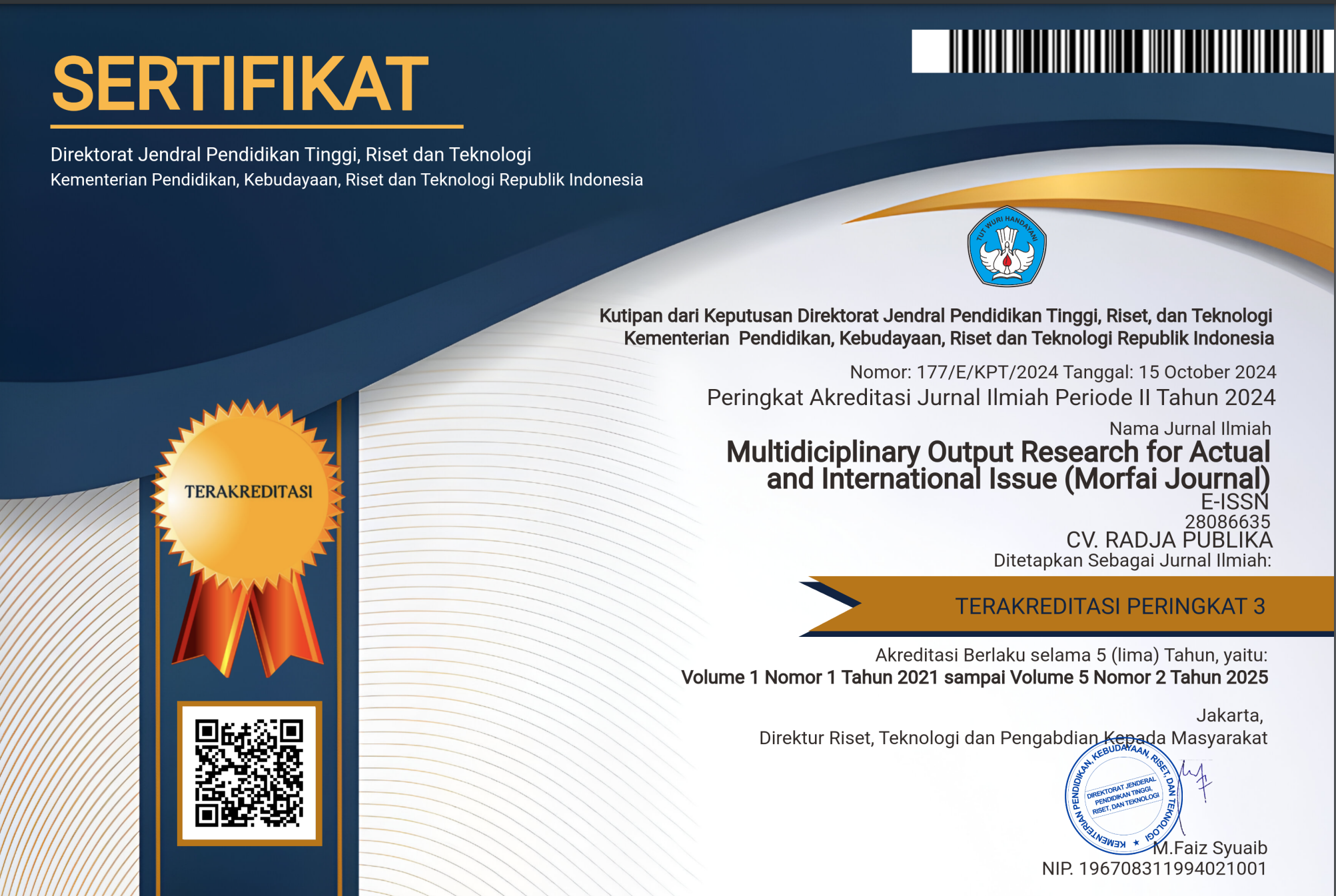EFFECT OF VARIATION OF CEMENT WATER FACTOR IN CONCRETE MIXTURE WITH THE ADDITION OF PALM SHELL ON THE PRESSIVE STRENGTH OF NORMAL CONCRETE
Main Article Content
Teuku Farizal
Samsunan
Aulia Rahman
Murhaban
Al Munawir
Herri Darsan
Palm shell is a waste from palm oil production which is shaped like a shell with a hard layer character that aims to protect the palm kernels. The addition of palm shells to concrete is an innovation and breakthrough in the more productive use of palm oil waste. In this study, the percentage of addition of palm shells was used, among others, 0%, 7% and 14% by weight of cement with variations in the cement water factor (FAS) of 0.35, 0.45 and 0.50. The test object used was a cube (15 x 15 x 15) cm with a total of 9 test objects for each FAS with a test time of 28 days. The results of the concrete compressive strength test obtained data for FAS 0.35, the average compressive strength for BTCS was 348.15 kg/cm2, BDCSA (7%) was 363.07 kg/cm2 and BDCSB (14%) was 302.90 kg/cm2. FAS 0. 45 the average compressive strength for BTCS was 292.59 kg/cm2, BDCSA (7%) was 303.20 kg/cm2 and BDCSB (14%) was 249.27 kg/cm2. FAS 0.50 average compressive strength for BTCS was 273.09 kg/cm2, BDCSA (7%) was 271.53 kg/cm2 and BDCSB (14%) was 219.47 kg/cm2. The test results show that the average concrete compressive strength is influenced by the cement water factor (FAS) and the percentage of addition of palm shells in the concrete mix.
Suprianto, “EFFECT OF THE ADDITION OF PALM SHELL ON THE COMPRESSIVE STRENGTH OF CONCRETE F'C 30 MPa,” Kinabalu, vol. 11, no. 2, pp. 50–57, 2019.
I. Sulianti, A. Subrianto, BH Fuady, and AZ Fuad, "Efforts to Increase the Compressive Strength of Concrete With the Addition of Admixture Superplasticizers and Palm Shells as a Substitute for Coarse Aggregate," vol. 11, no. 2, pp. 96–103, 2022.
Kristianto, CD Mungok, and CP Handalan, "The Effect of Using Palm Oil Shells as Additives on Concrete Quality," vol. 3, no. 3, pp. 1–10, 2016, [Online]. Available: http://jurnal.untan.ac.id/index.php/JMHMS/article/view/17483/14898
M. Merriza, Sukma Aulia, T. Budi Hasaan, "ANALYSIS OF HIGH QUALITY REINFORCED CONCRETE SHEAR CAPACITY OF VARIATION OF AGGREGATE AND AGGREGATE ( PALM SHELL) SUBSTITUTION," J. Tek. Civil, vol. 6, no. september, pp. 303–316, 2016.
A. Zaki et al., "The effect of cks as a substitute for aggregate on the compressive strength of concrete," no. BP, 2016.
DF Manalu and I. Gunawan, "Against Mortar Compressive Strength," pp. 357–364, 2016.
P. Oil, “NON-SAND CONCRETE WITH AGGREGATE,” vol. 3, no. 1, pp. 76–83, 2013.
A. Syarifudin, M. Yunanda, and C. Anjani, "Analysis of Compressive Strength of K 225 Concrete Using Palm Shell Waste as a Substitute for Coarse Aggregate," J. Tek. Civil, vol. 10, no. 2, pp. 60–68, 2021, doi: 10.36546/tekniksipil.v10i2.464.
G. Vitri and H. Herman, "Utilization of Palm Oil Waste as a Concrete Additive," J. Tek. Civil ITP, vol. 6, no. 2, pp. 78–87, 2019, doi: 10.21063/jts.2019.v602.06.
F. Akbar, A. Ariyanto, and B. Edison, "The Use of Coconut Shell on the Compressive Strength of K-100 Concrete," J. Mhs. Tech., vol. 1, no. 1, pp. 1–11, 2014.
F. Rahman and F. Fathurrahman, "Utilization of Palm Shell Waste Burning Products as a Substitute for Sand in Making Normal Concrete," Media Ilm. Tech. Civil, vol. 6, no. 1, pp. 30–40, 2017, doi: 10.33084/mits.v6i1.259.
JA P, S. Tiung, P. Kelapa, and S. Cantung, “AGAINST THE COMPRESSIVE STRENGTH OF CONCRETE (Study On Effect Of Addition Of Palm Shell Waste to The Concrete Compressive Strength),” vol. 1, no. 2, 2019.
F. Pratama, M. Kasmuri, and ..., "... The Burning Temperature of Palm Shell Ash as an Additive and Superplasticizer on the Compressive Strength of Concrete," Bina Darma ..., pp. 617–635, 2020, [Online]. Available: https://conference.binadarma.ac.id/index.php/BDCES/article/view/1392
fadli eka, "The Effect of Adding Palm Shell Ash on the Characteristics of High Quality Concrete," Repos. Univ. North Sumatra, 2020, [Online]. Available: http://repositori.usu.ac.id/handle/123456789/30172
D. Rosalia and A. Gunawan, "Study of the Addition of Palm Shell Ash to the Compressive Strength of Red Brick," J. Inersia, vol. 5, no. 1, pp. 83–92, 2013.









